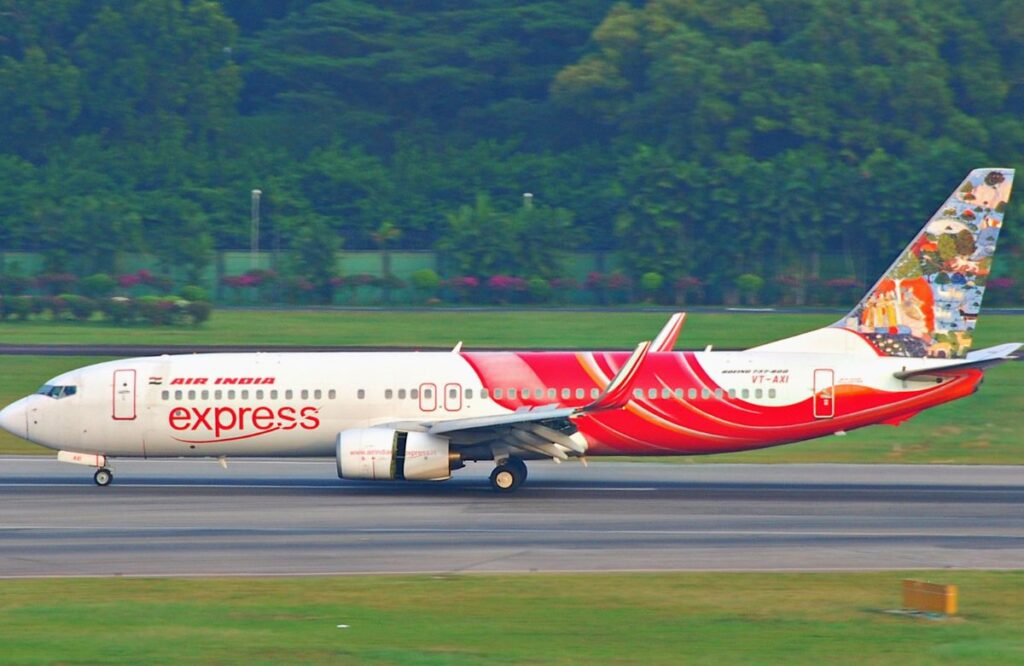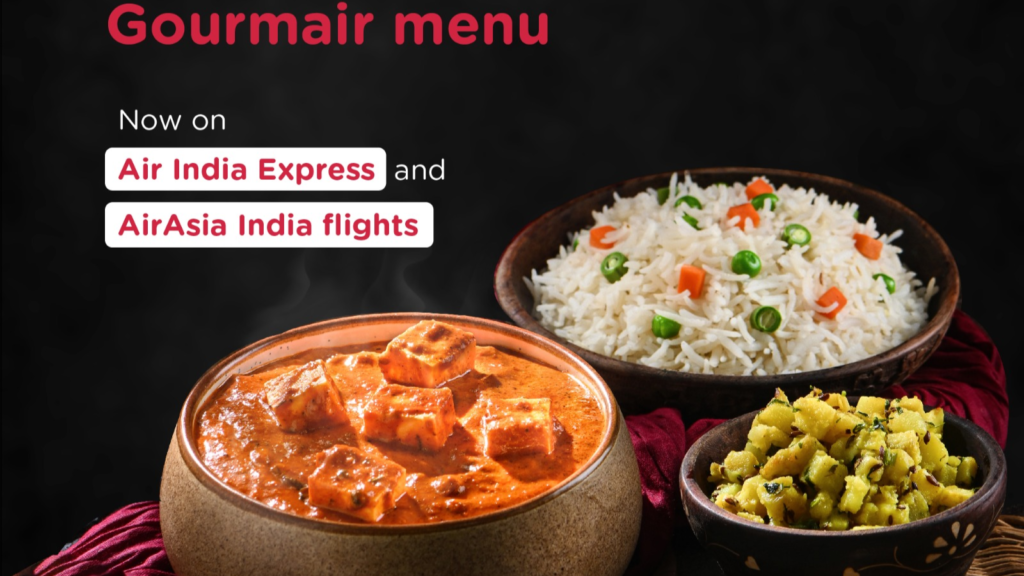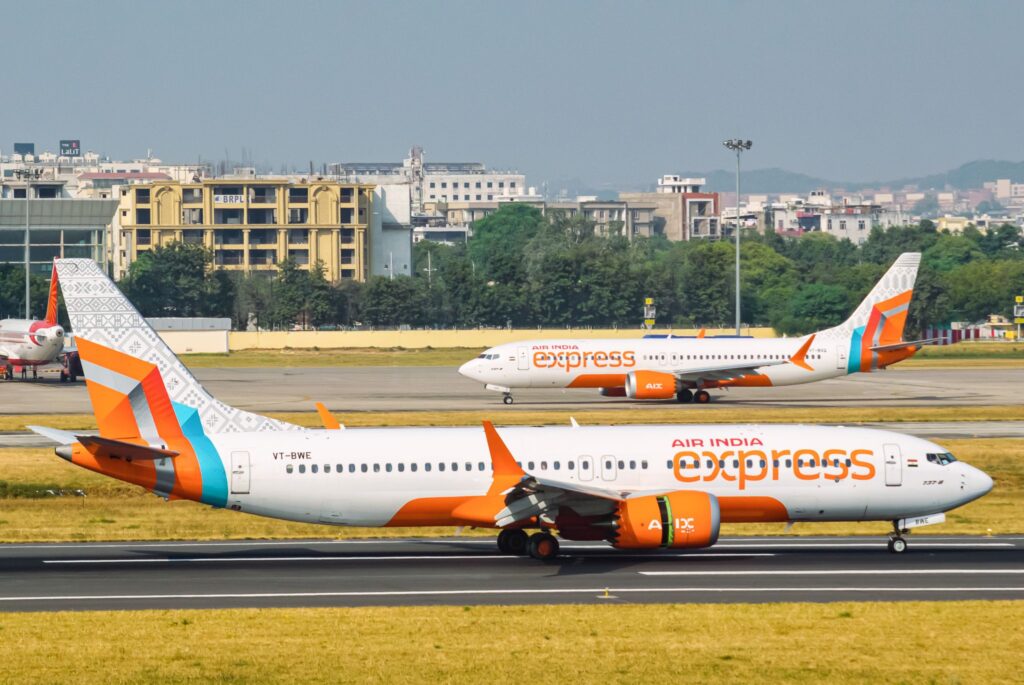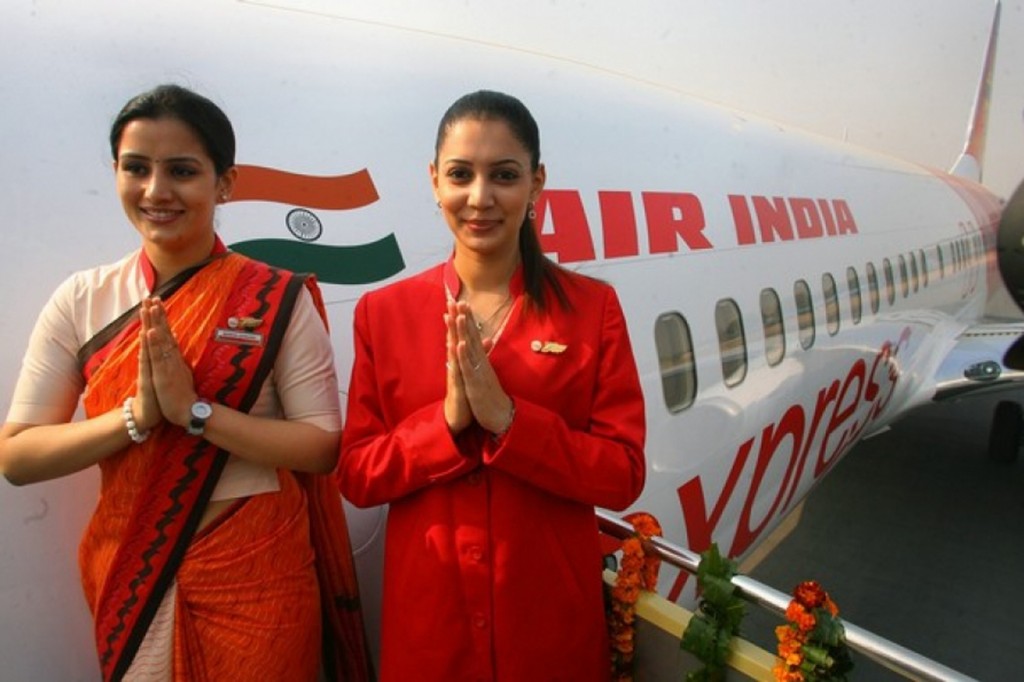Kamal Shah
Air India Express is soaring to new heights, redefining connectivity between India and the Middle East’s bustling “milk and honey” corridors! The airline’s phenomenal rise reflects the perfect blend of strategy, innovation, and collaboration — powered by a dynamic merger, a rapidly expanding network, and a refreshed fleet designed for superior comfort and value. With over 700 weekly flights linking 12 vibrant Gulf cities to 18 Indian destinations, plus seamless integration with Air India’s network, travellers now enjoy effortless connectivity across continents. Aloke Singh, CEO, Air India Express, tells Indian Aerospace & Defence all about this exciting transformation, backed by operational synergies and a unified team spirit, that is positioning Air India Express as a powerhouse of smart growth, efficiency, and irresistible value in the skies!

Q. Air India Express routes have become the talk of the trade world, seamlessly connecting with the Gulf’s prized “milk and honey” corridors! What exciting mix of strategy, innovation, and regional collaboration do you believe has fuelled this remarkable surge in popularity?
A. The Middle East traditionally has been the largest market for Air India Express, and our success in the Gulf reflects the unmatched value and connectivity we provide, with over 700 weekly flights between 12 key cities in the Middle East and 18 destinations across India. We are a leading carrier in the region.
Since privatization, the merger with AirAsia India, and the rapid growth we have seen, our network has evolved to include a pan-India domestic footprint, as well as an increased presence in Southeast Asia, complementing the Middle East network.
A big part of our network strategy is seamless connectivity with the strong Air India network over major hubs, under a code-share arrangement. Thus, customers can buy a single itinerary that provides a convenient onward connection on the combined network of Air India and Air India Express.
On the product side, we now operate a new fleet of 50 B737-8 and 16 A320/321NEO aircraft, offering superior in-flight comfort. The B737-8 aircraft are being retrofitted with comfortable e-leather seats and in-seat USB power charging. All our aircraft also have ovens on board, enabling us to offer our signature ‘Gourmair’ hot meals. Thus, while our business model has a no-frills, all-economy product, we offer fantastic value-for-money features and an unmatched network.

Q. The merger between Air India Express and AIX Connect has often been described as a transformative step that strengthened Air India Express’s position as a unified low-cost carrier. Could you elaborate on how this integration has catalyzed growth and on the key operational synergies realized as a result? Additionally, what unforeseen challenges have emerged during the merger process, particularly in aligning organizational culture, systems, and strategic priorities?
A. The successful integration and merger of erstwhile AirAsia India and Air India Express was a defining milestone in the airline’s transformation journey. It has unlocked synergies, brought economies of scale and operational efficiencies to the business. The two airlines were sub-scale and while one served a niche segment, the other had a thin presence in a vastly competitive market.
The merger enabled us to scale to a fleet of 50+ aircraft, and the two complementary networks greatly enhanced connectivity. With the induction of 50 B737-8 aircraft and the transfer of another 16 A320/321 aircraft from parent company Air India, we are now the 3rd-largest narrow-body operator in India, with a fleet of 100+ aircraft. On the back of the fleet growth, our total routes have doubled from around 100 to nearly 200 routes, and we’ve expanded to approximately 60 destinations, up from 40.
Alongside, we have introduced a new branding and livery, and recast and strengthened our organisation, performing many functions jointly with Air India that give us the benefits of synergies – such as unifying heavy maintenance, strategic procurement, systems, and platforms – which make us more efficient and cost-effective. Network structure has been rationalised between the two organisations, with route overlaps minimised, operating the model best suited for a given market – routes that have a skew towards business are operated under the full-service model, and those with a skew towards value segments, like VFR, touristic, and SME, are operated by AIX.
The merger, growth, and transformation journey has undoubtedly been challenging – it has a few parallels in the world. Merging four airlines into two, bringing together different cultures, harmonising SOPs, platforms, processes, all while managing fleet and network growth of this scale, has been a unique task – and a testimony to the professionalism of the teams.
Q. Given that your airline’s current fleet primarily consists of Boeing 737 and Airbus A320 aircraft, how do you intend to ensure operational efficiency and profitability when serving Tier II and Tier III city-to-town routes, particularly in cases where passenger demand would typically justify the use of smaller aircraft with lower capacity and operating costs?
A. The AIX network strategy focuses on routes between Metros on one hand, and non-metro/tier2/3 cities on the other, besides the short-haul international. The network is being built with depth in mind, before breath. In other words, we aim to achieve, say, about one-third of the capacity on a route to maintain meaningful scale before expanding to other routes. We find these markets to be deep enough for a B737-type fleet; instead, we offer multiple frequencies and lower unit costs.
The Metro-Tier2/3 segment of the market is the largest and fastest-growing, with tier2/3 cities emerging as new economic hotspots. The other significant element of network strategy is hub connectivity – thus, we are strengthening our hubs in Bengaluru, Delhi, and Mumbai to offer enhanced connectivity between AIX and AI flights. Today, almost a third of our domestic carriage is transferring over hubs – AIX to AIX, and AIX to AI. This is an unmatched advantage that the AI group offers – guests from interior, tier 2/3 points can connect over hubs to AI long-haul flights, AIX short-haul international flights, or domestic flights of either carrier.

Q. Would you consider introducing smaller, more efficient aircraft to handle those low-density routes on a direct A-to-B basis, especially now that traditional hop flights are becoming a thing of the past?
- While we continuously evaluate market demands and operational requirements, at this point, we are not looking at anything below narrow-body aircraft. We see adequate opportunities in deep routes that can be served with multiple frequencies using narrow-bodies.
Q. Given AI Express’s rapid transformation from being perceived as a budget-oriented carrier operating older aircraft to achieving significant operational and service improvements within a year, how did the airline successfully manage the large-scale expansion in crew and pilot capacity while maintaining — and perhaps even elevating — its service quality and operational standards?
A. This is what the transformation programme has been all about – and is a testament to our resilience and expertise of the teams. Induction of 50 B737-8 aircraft in about 20 months was a challenge, and crewing, training, and support infrastructure were built from the ground up. At a group level, as a strategy, the aircraft are fungible across AOCs. The flight deck crew has a common seniority and career path, which enables seamless movement across AOCs as well. The regulatory groundwork was done and all manuals and processes were harmonized to enable this. Thanks to this strategy, we are able to reallocate resources to meet market needs and optimize crewing at the group level.
Alongside, the group is building – and much of this is already up and running – training capabilities of global standards – a Training Academy with all infrastructure required for crew training, along with an FTO for cadet pilot training, an Engineering School, to be self-sufficient in our talent needs.
The training is not just limited to regulatory and technical training – we are also putting our entire frontline employees through customer-centricity and soft skills training. This commitment to customer experience is integrated into our performance management, notably through a focus on incentives linked to the Net Promoter Score (NPS). By making service excellence measurable and rewarding, we ensure our expanding team delivers a consistently superior and unified experience.

Q. With the current staff limitations in mind, how do you enthusiastically and strategically plan for expansion—balancing immediate growth goals with sustainable, long-term development to ensure that the team and operations thrive together?
A. Our strategic expansion is guided by a philosophy of disciplined, sustainable growth where our human capital development runs parallel to fleet induction. We ensure that our operational scale-up is in tandem with our organizational capability. The continuous arrival of new aircraft, at a measured pace of nearly 4 per month, is meticulously aligned with our talent pipeline. This talent pipeline is secured not only through continuous recruitment drives but also by proactively building our internal aviation ecosystem—including our new academy and simulator capacity—so we can cultivate and train future-ready pilots and crew. Furthermore, the Tata Group Mobility pathway offers our employees a compelling long-term career trajectory, which is a crucial element in staff retention. Operationally, our reliance on advanced digital platforms, such as the Integrated Operations Control Centre, ensures that we maintain a lean, agile, and robust operation capable of thriving during this period of rapid expansion.


